I'm trying to write a piece of code that given a list of polygons (defined as a list of lists of IntPoints) checks if any of them touch and if so merge them into a single polygon. In order to do this I have already tried the following two methods:
List<List<IntPoint>> output=new List<List<IntPoint>>();
output = Clipper.SimplifyPolygons(input,PolyFillType.pftPositive);
and
Clipper c = new Clipper();
c.AddPaths(input, PolyType.ptClip, true);
c.Execute(ClipType.ctUnion, output);
Now both of these merge the polygons together quite easily however they are a bit overzelous as any polygon open spaces are ignored and open areas are simply combined into a single polygon, meaning that something like this:

happens. Now this is obviously wrong as these two polygons do not touch each other. The same result occurs with both methods. The result would be the same as the input. Any idea how to fix this? The sollution does not have to use the clipper library (I'm not married to it) but I do need something that uses polygons that are defined by a list of points input is a List> where an Intpoint is just a struct containing an x and a y.
Edit I notice that this problem also occurs when there is no polygon inside of the other polygon, so the solution is always "filled" edit edit: here is also an example of what input might be like
input[0][0]
{ClipperLib.IntPoint}
X: -724
Y: -472
input[0][1]
{ClipperLib.IntPoint}
X: 428
Y: -472
input[0][2]
{ClipperLib.IntPoint}
X: 428
Y: -472
input[0][3]
{ClipperLib.IntPoint}
X: 428
Y: 632
input[0][4]
{ClipperLib.IntPoint}
X: 428
Y: 632
input[0][5]
{ClipperLib.IntPoint}
X: -724
Y: 632
input[0][6]
{ClipperLib.IntPoint}
X: -724
Y: 632
input[0][7]
{ClipperLib.IntPoint}
X: -724
Y: -472
input[0][8]
{ClipperLib.IntPoint}
X: -88
Y: -218
input[0][9]
{ClipperLib.IntPoint}
X: -107
Y: -218
input[0][10]
{ClipperLib.IntPoint}
X: -107
Y: -218
input[0][11]
{ClipperLib.IntPoint}
X: -107
Y: -209
input[0][12]
{ClipperLib.IntPoint}
X: -107
Y: -209
input[0][13]
{ClipperLib.IntPoint}
X: -320
Y: -172
input[0][14]
{ClipperLib.IntPoint}
X: -320
Y: -172
input[0][15]
{ClipperLib.IntPoint}
X: -320
Y: 132
input[0][16]
{ClipperLib.IntPoint}
X: -320
Y: 132
input[0][17]
{ClipperLib.IntPoint}
X: -88
Y: 173
input[0][18]
{ClipperLib.IntPoint}
X: -88
Y: 173
input[0][19]
{ClipperLib.IntPoint}
X: -88
Y: -201
input[0][20]
{ClipperLib.IntPoint}
X: -88
Y: -201
input[0][21]
{ClipperLib.IntPoint}
X: -88
Y: -218
The input this descripes is a square with a hole cut into it.




